How to Use a Sponge in Clever and Unexpected Ways

If you’re like me, you probably have a drawer full of sponges that get used for the usual kitchen chores—but did you know sponges can be your secret weapon for so much more?
These humble, everyday items are incredibly versatile, and when you get creative, you’ll realize just how many ways they can simplify your life.
So, buckle up, because today, I’m sharing how to use a sponge in ways you’ve probably never thought of—but once you try them, you won’t go back!
Tools and Materials:
Hometalk may receive a small affiliate commission from purchases made via Amazon links in this article but at no cost to you.
1. No-Slip Razor Holder
Ever wondered why your razor blades start to rust so quickly? The answer is simple: moisture.
If you’re leaving your razor in the shower, you’re allowing water to build up on the blade, which leads to rust. Here’s an easy solution: place a sponge in your shower and rest your razor on top.
The sponge will absorb any excess moisture, keeping the blade dry and rust-free. It’s that simple!
2. Water Saver for Plants
Plant lovers, this one's for you!
You know how quickly plants dry out, especially during hot months, right? Here’s a clever hack that’ll help your plants retain moisture for longer.
Simply cut a sponge into small pieces and place them at the bottom of your potted plants before adding the soil.
The sponge acts like a moisture reservoir, helping the soil stay hydrated and reducing the frequency of watering.
This little trick is especially helpful for those days when you forget to water your plants.
3. Plant Bug Repellent Sponge
If you’ve ever struggled with pests attacking your houseplants, this one’s a game-changer!
You can easily keep bugs away by soaking a clean sponge in a solution made of water and a few drops of essential oils like peppermint, neem, or citronella.
Then, just place the sponge near the base of your plant or hang it inside the pot.
Certain essential oils are known to repel common plant pests like gnats and aphids—without the need for toxic chemical sprays.
Make sure to refresh the sponge with a few more drops of oil every week to keep pests at bay.
Bonus Tip: Add a sprinkle of cinnamon powder to the sponge to help prevent fungal growth in the soil.
4. Pet Hair Remover
Pet owners, you’ll love this one! If your furniture or car seats are covered in pet hair, you don’t need to grab the lint roller.
Instead, dampen a clean sponge just slightly with water and gently rub it over the surfaces. The pet hair will cling to the sponge, making cleanup a breeze.
The slight moisture helps lift and gather the fur, making it easy to collect without scattering the hair around. Plus, it’s an eco-friendly option that won’t contribute to waste like sticky lint rollers!
Bonus Tip: For delicate fabrics like velvet or microfiber, use a dry sponge to avoid leaving moisture stains.
Kitchen sponges have more tricks up their sleeves!
How to Use a Sponge in Clever and Unexpected Ways
It’s safe to say that sponges are seriously underrated. They’re not just for scrubbing dishes—they can help with everything from plant care to pest control.
So go ahead, grab a sponge, and try out one of these clever tricks. And if you’ve got another great idea for how to use a sponge, drop it in the comments—I’d love to hear it!
Enjoyed the project?
Comments
Join the conversation
-
-
 MINDY SACCOLITI
on May 16, 2025
MINDY SACCOLITI
on May 16, 2025
Moth balls put into flower pots will keep away squirrels and bugs.
-

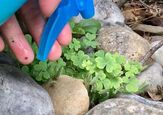
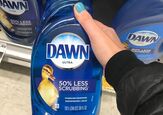












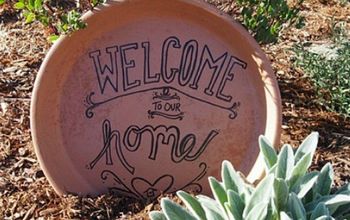
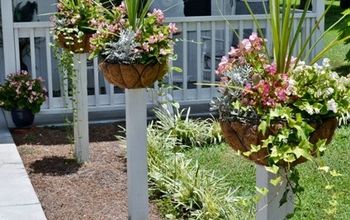



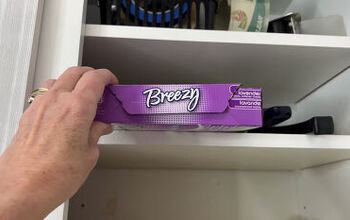
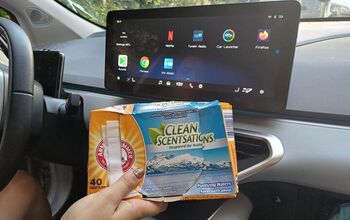

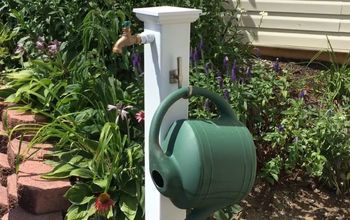
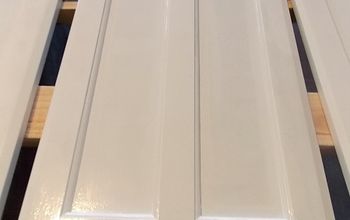
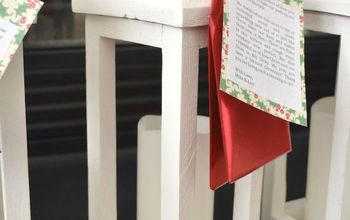
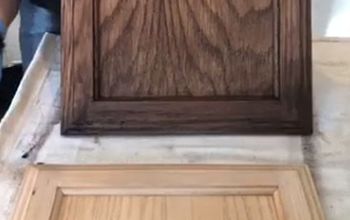

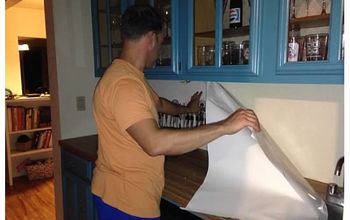

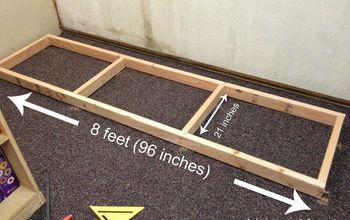
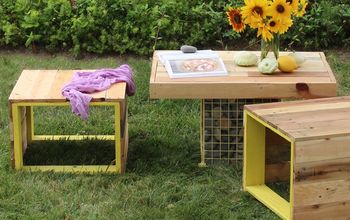
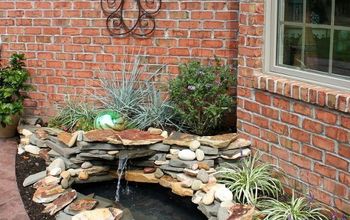
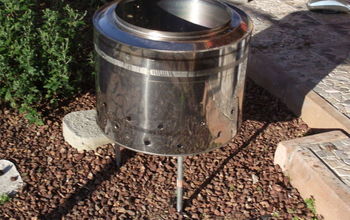

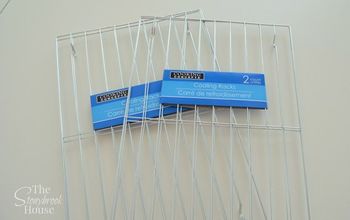

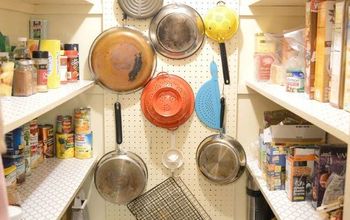
Frequently asked questions
Have a question about this project?
I have a pet cockatiel & we always seem to get tiny specks of flying bugs in the apt. What could I use to get rid of those pests? Some kind of oil soaked in a sponge? Thank you, Della & Boo Boo Tweet Tweet.
Will essential oil on a sponge work in a vegetable garden outside to deter pests?
How do you clean the sponge filled with pet hair? Not rinse it in a sink to clog it, (I hope.) Throw out the sponge? (Wasteful.) Good idea to start but not so good to end? The other ideas sound great. Thank you.